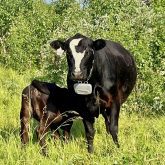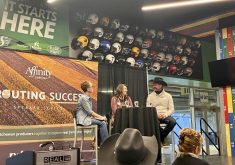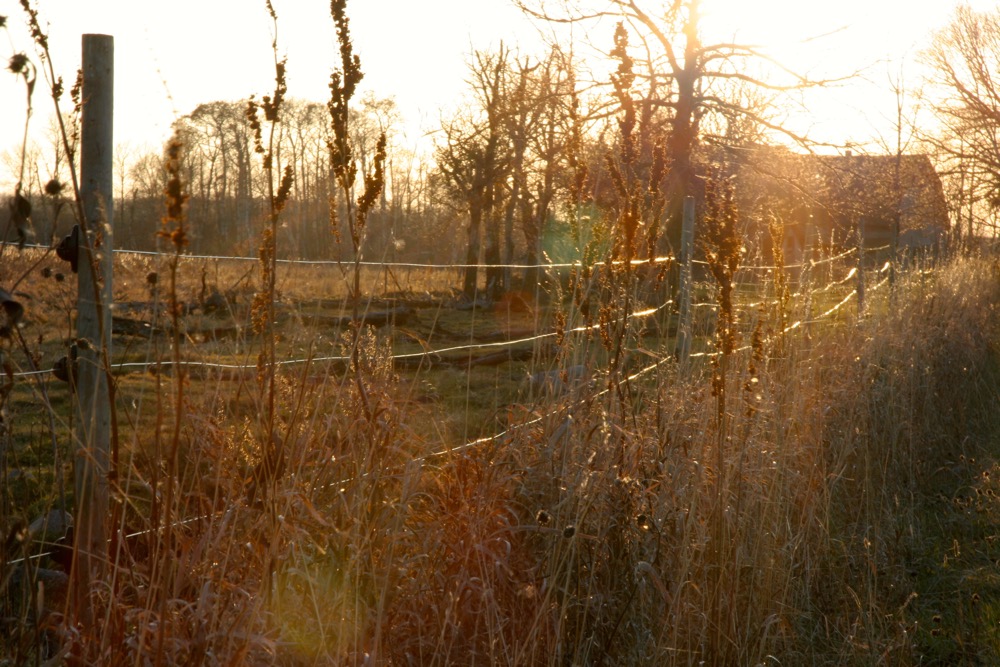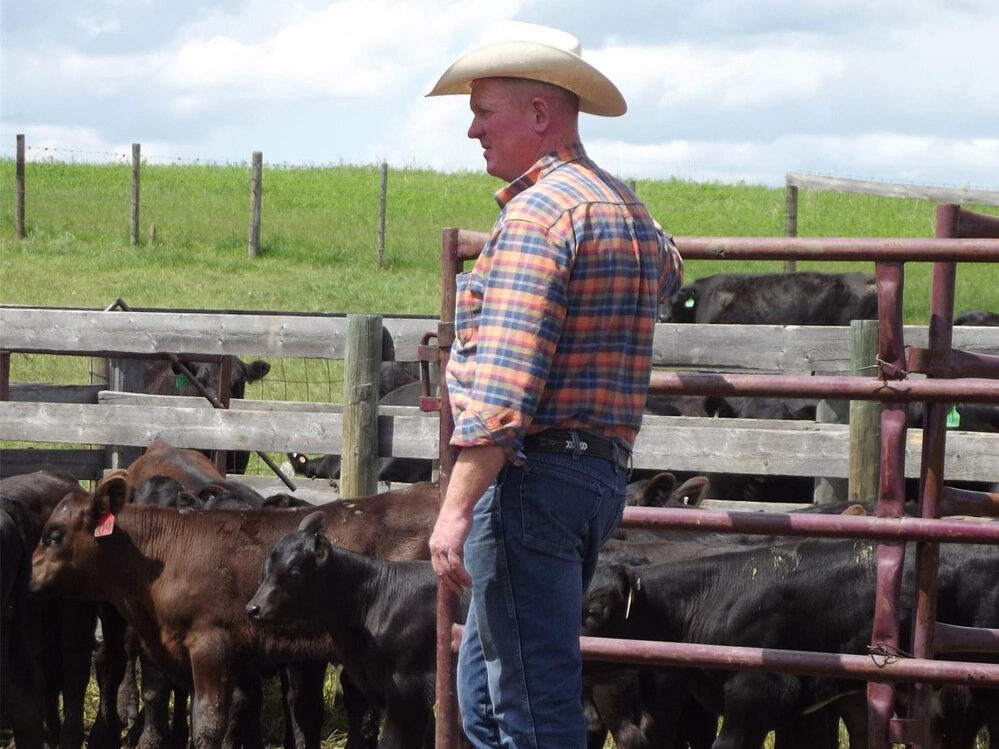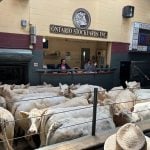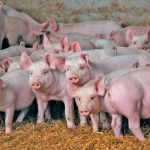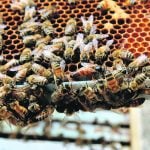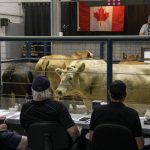Interest in virtual fencing in cattle production is spiking as technology becomes more common in the beef sector. With so many different brands of virtual fencing offering so many different things, the question is whether virtual fencing is better than what has been done for decades.
Alexandra Harland, a master’s student at the University of Alberta, has taken on virtual fencing as a research study that fits into a bigger project at the university looking at precision ranching.
Other projects regarding precision ranching are answering questions such as how to choose the right animal, the right location and the right time for grazing.
Read Also
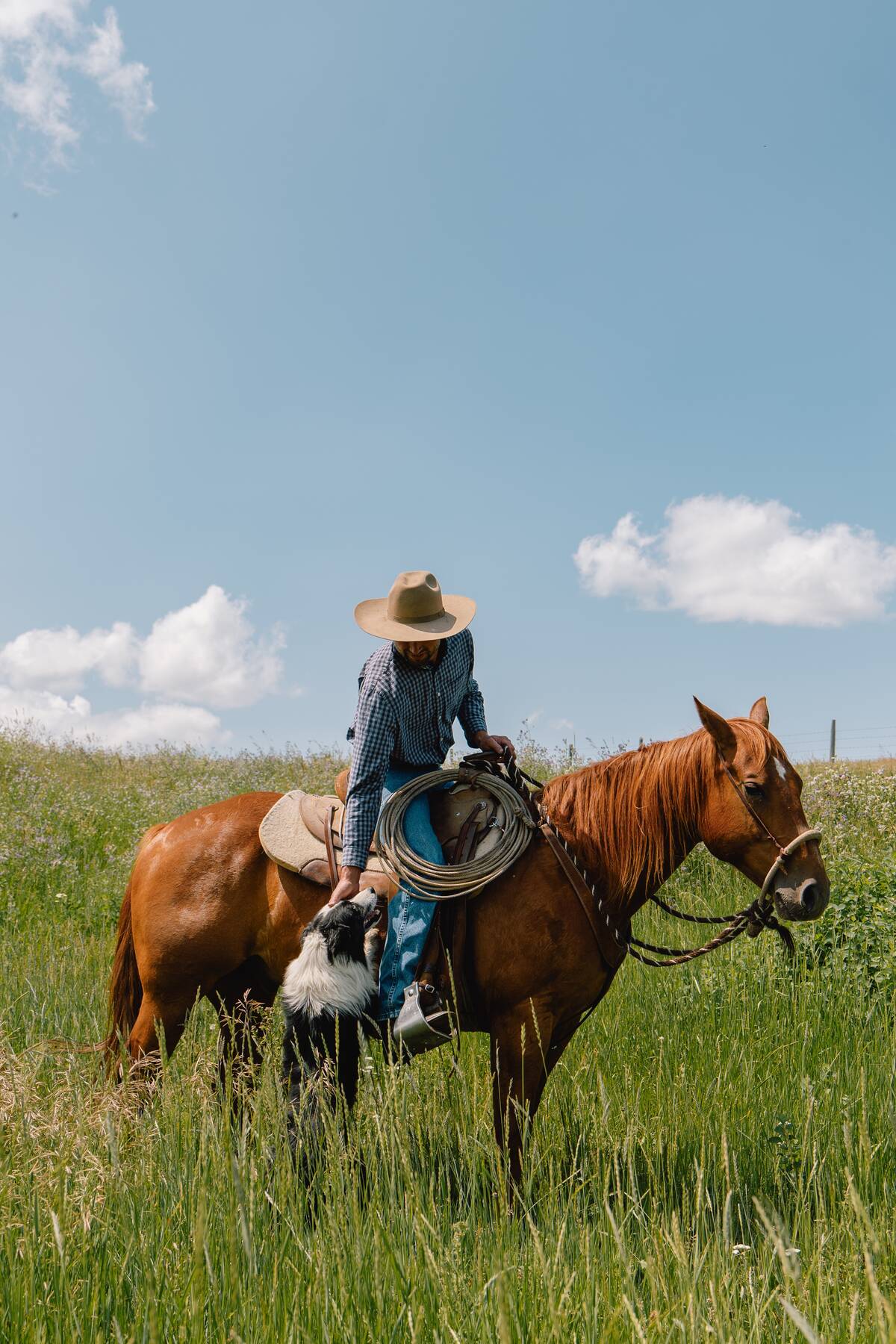
Regenerative ranching sees Alberta family through three decades of ups and downs
Alberta ranchers have found regenerative ranching key to surviving ups and downs of the business
“Once you have all those figured out, how do you effectively control where your animals are grazing, and space and time?” Harland says. “And that’s where virtual fencing came in.”
NoFence
In this study, Harland is looking at how long it takes cattle to learn how the virtual fencing system works, the technical performance of the collars in Canada, as well as evaluating financial risk for producers in Canada.
The brand of virtual fence she’s using is a Norway-based company called NoFence. Harland says it’s a system that includes a mobile phone app and a collar for the cattle. The app allows producers to monitor their herds from their mobile device.
“That’s your control centre. You create your pastures, you can set which collars are going to be in which pasture, you can move them between pastures, all of that,” Harland says.
The collar has two solar panels on the sides that keep the battery on the inside charged. It can download the pastures set in the app through a cellular network. When a cow gets close to the barrier, it emits a series of warning sounds that start low and reach a higher frequency the closer the animal gets to the virtual fence. When a cow crosses the barrier, the collar emits an electric shock.
“You do need a cell network … to receive updates about their location, the live monitoring. And you do need an internet connection to actively rotationally graze them as well.”
She says if cattle are trained to understand the sounds the collar makes and what leads to the shock, then they will stay within the fence.
Conducting research
Harland conducted her research in the summer of 2022 at the Roy Berg Kinsella Research Ranch, where she trained 49 heifers for 11 days. After that, she rotationally grazed them for seven days at a time with the virtual fence.
During the summer of 2023, she used the trained animals, alongside their new calves. In total, she had 29 cow-calf pairs and three breeding bulls. She conducted a three-day retraining period before rotationally grazing, this time spending five days at a time in each virtually made pasture.
Harland also conducted research in the winter, where they were able to put 30 NoFence collars on the steers at Lakeland College for a swath grazing study done by Dr. Durunna.
“We found that the solar panels were just as capable of charging the batteries in the winter as in the summer, which was really surprising.”
Preliminary results
Now, Harland has preliminary results from this study. She shares data regarding the technical performance of the solar-powered battery and the network connectivity, saying in the summer, the battery charged to about 96.4 per cent, and in the winter the average battery charged to 96.2 per cent.
She also says they had generally good connectivity, only experiencing a poor connection 0.02 per cent of the time at the research ranch.
However, in 2023 they had 13 collars that experienced network connectivity issues.
“When we had an animal with a collar that was not functioning due to a connection failure, we were able to take out the battery and manually reset the collar and then send the cow back out with a functioning collar.”
During the first year of the study, they only had one collar failure, as well as an animal that slipped out of its collar in the winter. In year two of the study, three of the animal collars fell off after getting snagged, or because of the thick neck of the bulls.
Cattle only needed around four or five days to learn the system. In the first year, 28 per cent of the animals were getting shocked on day one. By the fifth day, around 15 per cent received shocks, and the number eventually declined to six per cent.
She shares that in 2023 the cattle were initially shocked less than five per cent of the time, declining through the study to around three per cent of the time.
“So to me, these results say that it took them about five days initially to really get to know the system.”
Looking at the data from her study, Harland tried to evaluate the success of virtual fencing as a whole. She says the cattle stayed in the virtual pasture 99.2 per cent of the time in the first year, and the following year, 99.7 per cent of the time.
She also shared data on escapes.
“The vast majority of the time, I’d say at least 95 per cent of the time, when an animal registered as escaped through the virtual fencing app, they returned to the herd — to the inclusion area — on their own, within an hour or two.”
For the productivity of the cattle, Harland says using a virtual fence did not affect weight gain or breeding.
Different brands
Harland investigated the financial risk producers face with virtual fencing. She says the NoFence cattle collars are currently US$299 per collar and that’s there’s a subscription fee per collar. That price will vary based on which company a producer picks for their virtual fence.
The NoFence collar is different from Vence, a collar previously researched by the Saskatchewan Stock Growers Association and co-funded by the Canadian Forage and Grassland Association. While NoFence relies on a network connection, Vence requires producers to install a tower on their property which transfers information from the collars to the producer’s phone. The Vence collars don’t use solar power, assuming that regular batteries are hardier.
She says producers interested in virtual fencing should consider each company closely before deciding, as different operations likely require different things.
“For example, Vence virtual fencing, I think their target audience is people who have really big herds of animals and don’t mind installing some of their own infrastructure, whereas NoFence is good for people who don’t want their own infrastructure and don’t mind paying a subscription fee.”
She says the benefit of investing in virtual fencing depends on the producer, as well, and how much time they put into physically fencing.
“I think it’s one of the more unsung potential benefits of virtual fencing, because it’s one thing to set up some cross fencing and rotate your animals … But it’s another thing to think about physically fencing out every riparian area, every sensitive area that you may have in your land. That’s an astronomical amount of fencing and work.”




